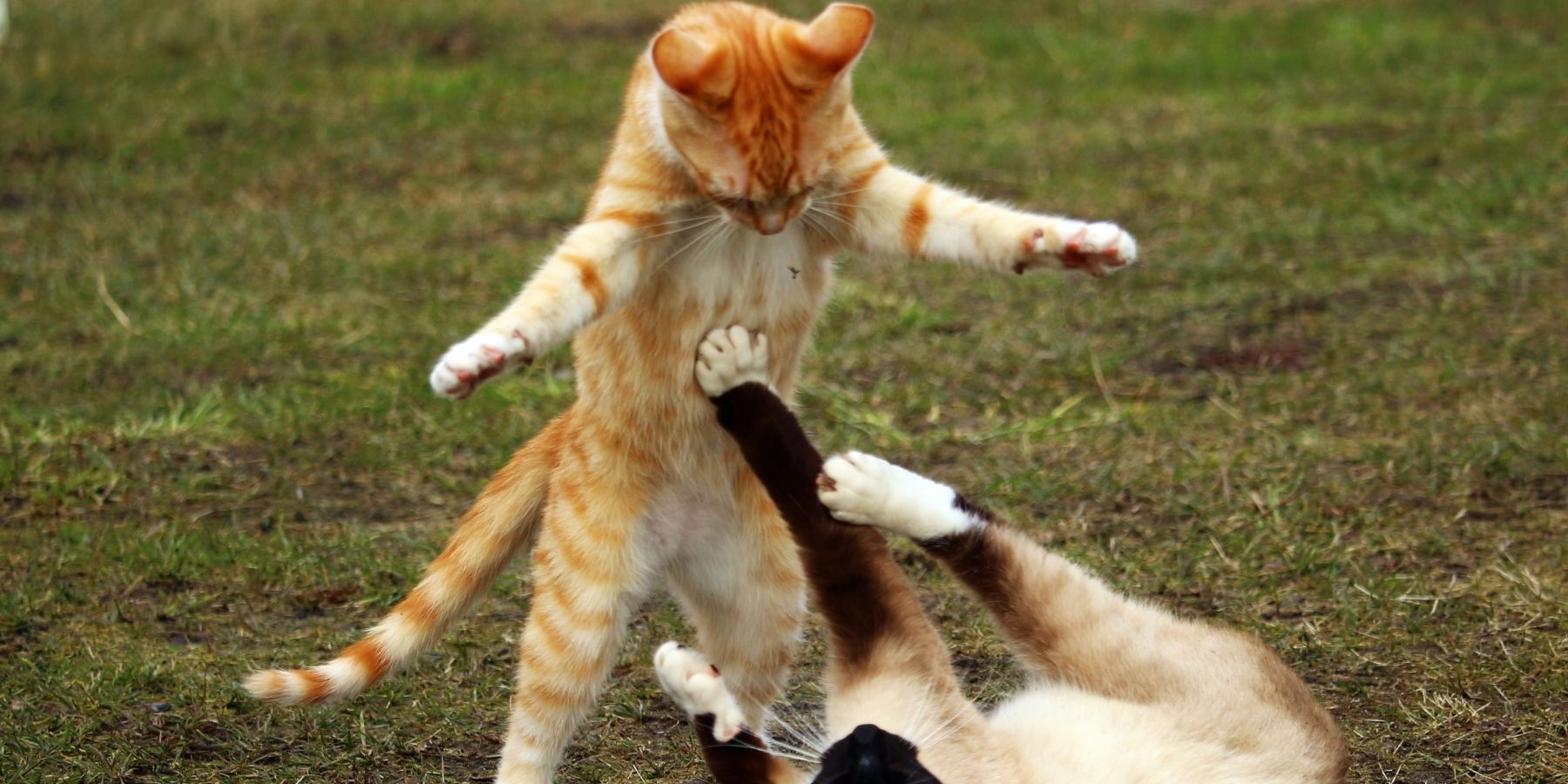Cats are playful creatures. Watching them pounce, leap, and chase each other can be a delight. However, sometimes, playtime can turn into a fight. As a pet owner, it's essential to know how to manage your cats' playtime to keep things fun and safe. Here are some tips and insights to help you.
Understanding Cat Play
Cats, especially kittens, learn about the world through play. It's not just fun; it's a way of practicing hunting skills, exploring their environment, and socializing with other cats. The key is to tell if your cats are fighting or playing. Playful behaviors include light pouncing, gentle biting without breaking skin, and relaxed body language.
Creating a Safe Play Environment
1. Separate Play Areas: If you have multiple cats, consider creating separate play areas. This gives them space to enjoy themselves without feeling threatened or encroached upon by others.
2. Variety of Toys: Different types of toys can stimulate different play behaviors. Balls, feathers, and laser pointers encourage chasing and pouncing while scratching posts or towers can be great for climbing and clawing.
3. Scheduled Playtime: Cats thrive on routine. Having scheduled playtimes can help reduce tension as they know when to expect interaction and fun.
Monitoring Playtime
Always keep an eye on your cats during playtime. Look for signs of aggression and be ready to intervene if necessary. If you notice one cat always dominating, it might be time to step in and give the other cat some attention and encouragement.
Encouraging Positive Interactions
Positive reinforcement works wonders. Praise your cats when they play well together. Treats, petting, or verbal praise can encourage them to keep up the good behavior.
Intervening When Necessary
If play turns into a fight, it's crucial to intervene safely. Avoid using your hands to separate fighting cats. Instead, make a loud noise or use a water spray to distract them. After separating them, give them time to cool down before reintroducing them slowly.
Conclusion
Managing your cats' playtime isn't just about preventing fights; it's about fostering a loving, stimulating environment where your pets can thrive. By understanding their play behaviors, creating a safe space, and knowing when to intervene, you can ensure that playtime remains a source of joy and exercise for your feline friends.
FAQs
Q: How long should I let my cats play together?
A: It depends on their energy levels and behavior. Usually, 10-20 minutes of interactive play is sufficient. Watch for signs of tiredness or irritation, and end playtime if either occurs.
Q: Should I play with my cats separately?
A: Yes, especially if one is more dominant. This ensures both get equal attention and playtime without feeling threatened.
Q: What should I do if my cats keep fighting during play?
A: Separate them and reintroduce them slowly. If fights continue, consult a vet or a pet behaviorist for advice.
Q: Are certain toys better for preventing fights?
A: Interactive toys that can be used by multiple cats simultaneously, like large puzzle feeders or toys with multiple parts, can be good for preventing fights.
Q: How do I reintroduce cats after a fight?
A: Start by keeping them in separate rooms. Allow them to smell each other under the door and swap bedding. Gradually reintroduce them under supervision for short periods.


